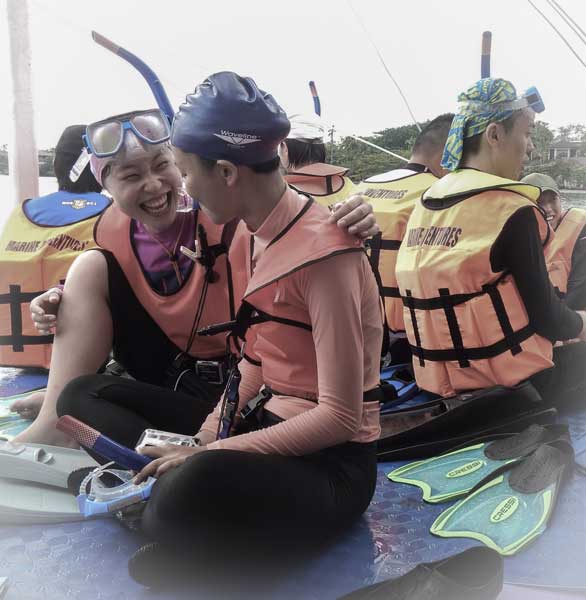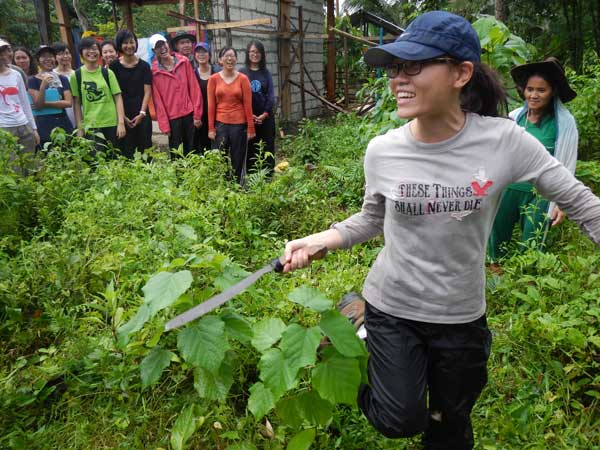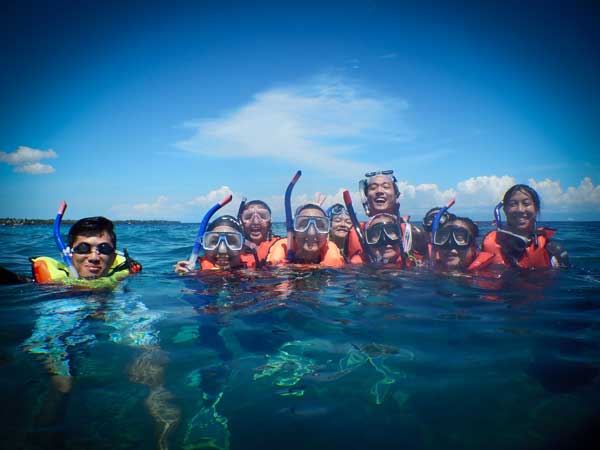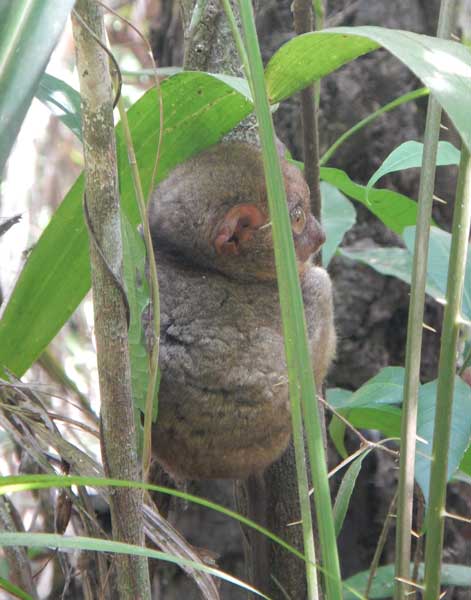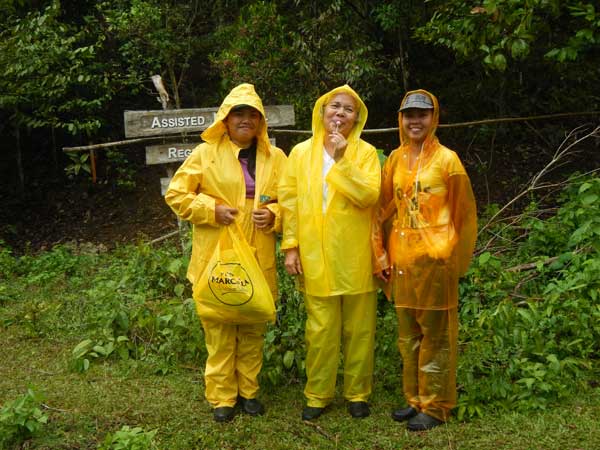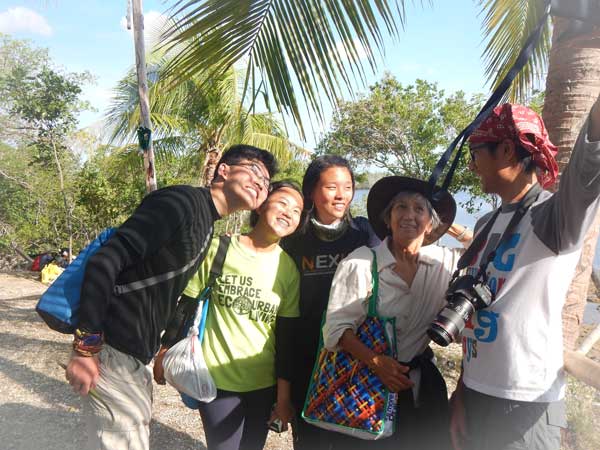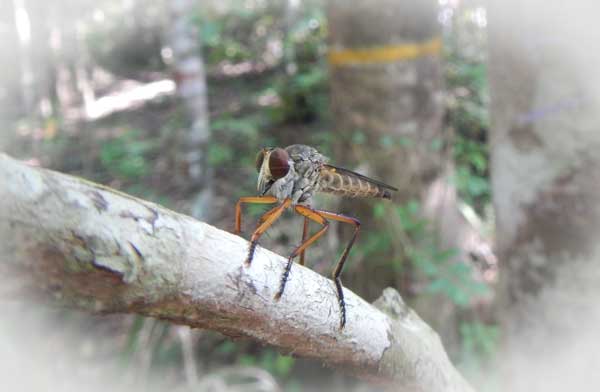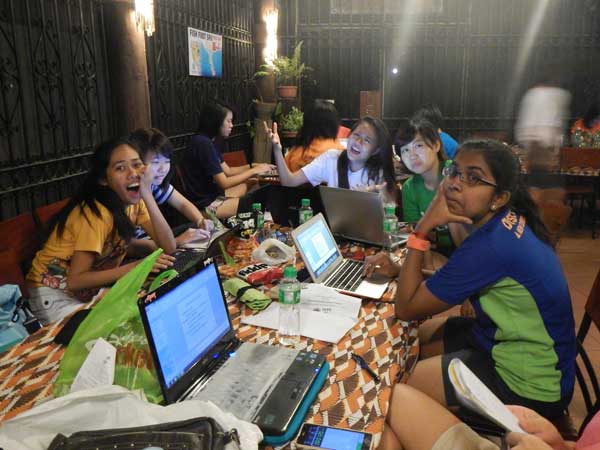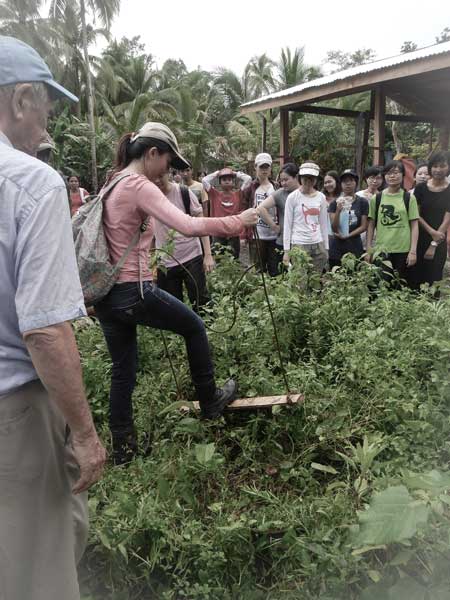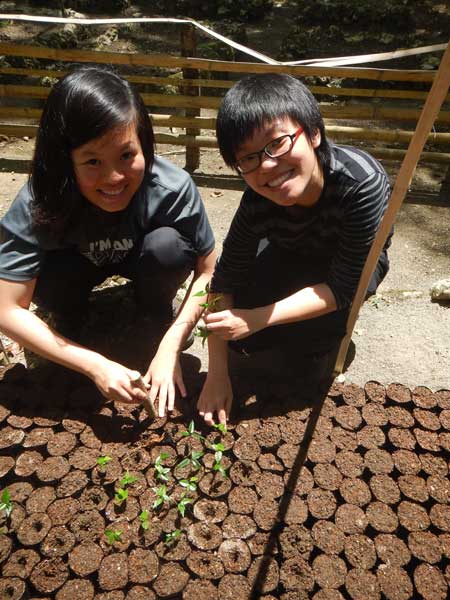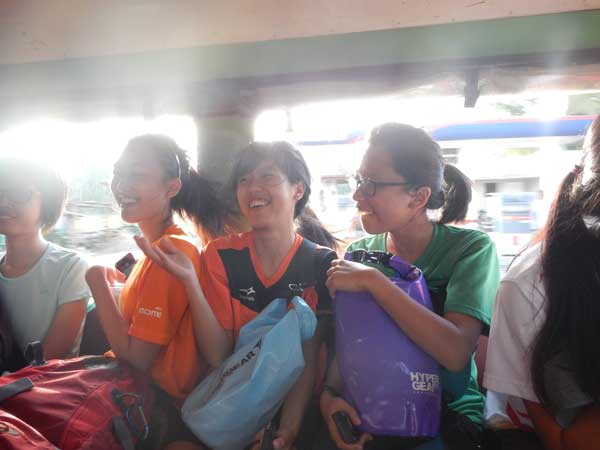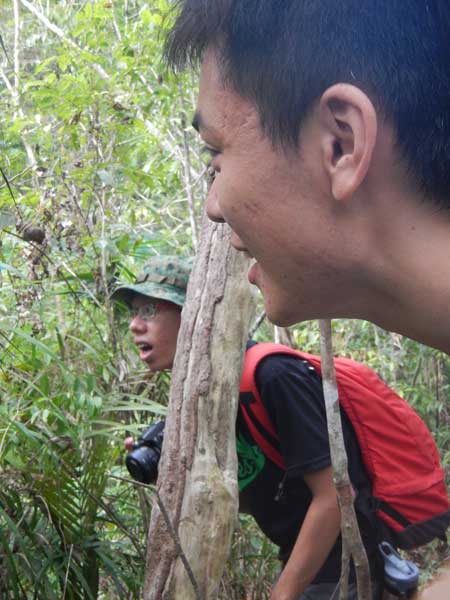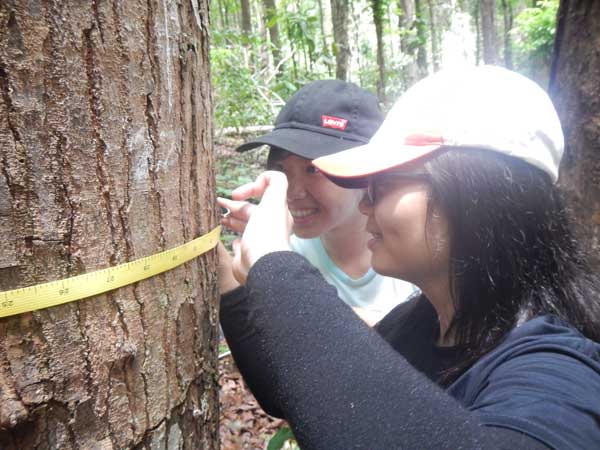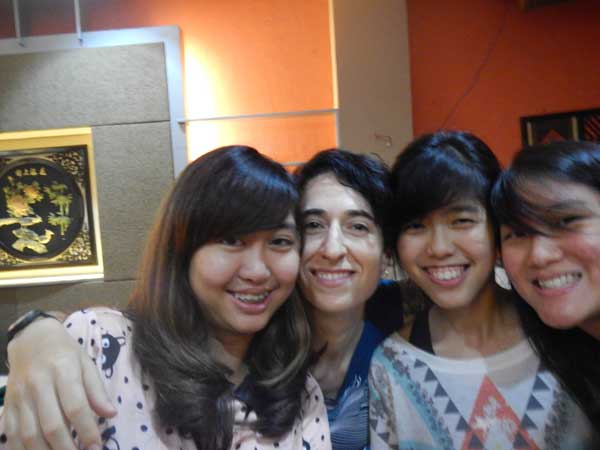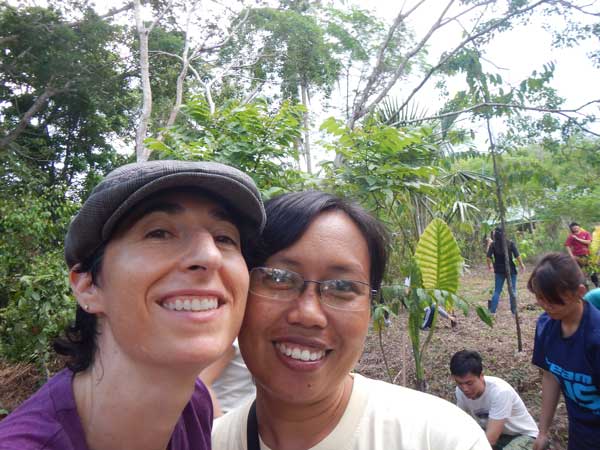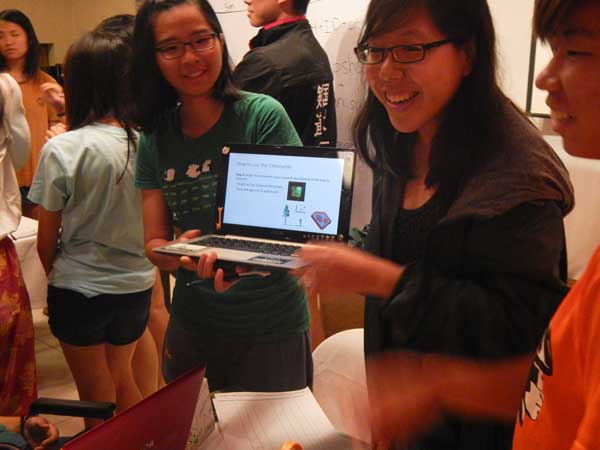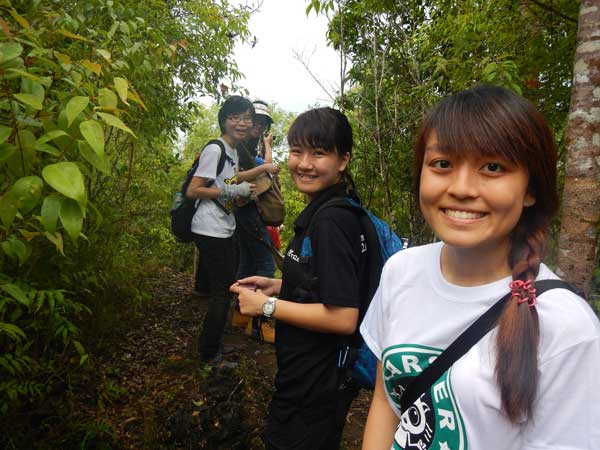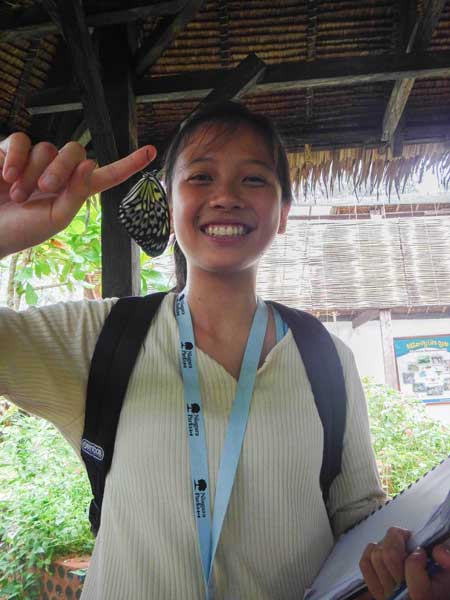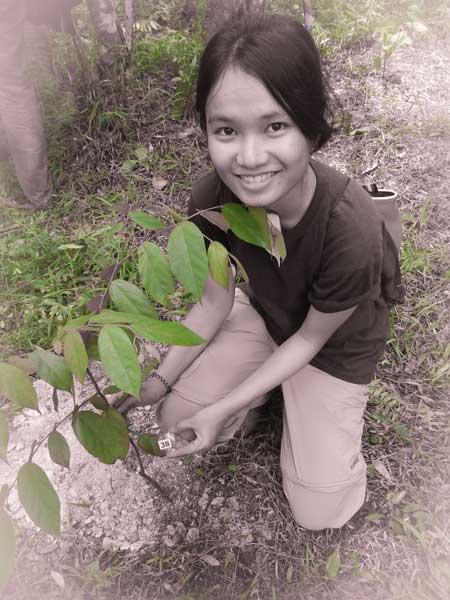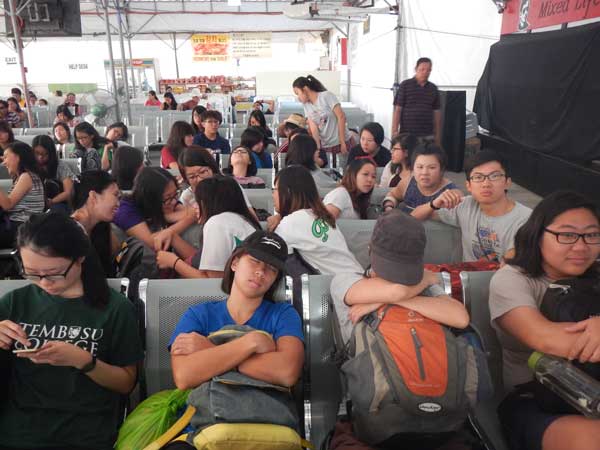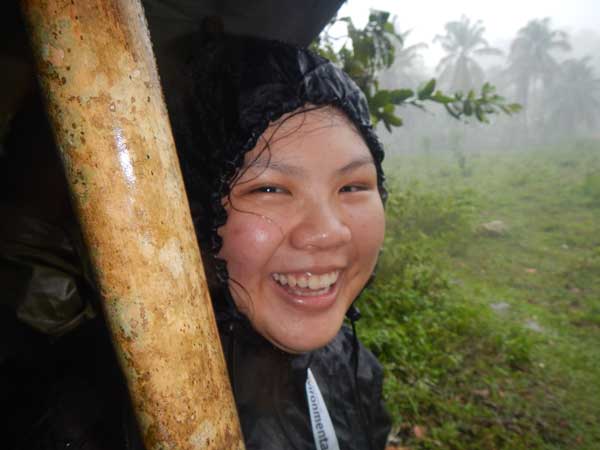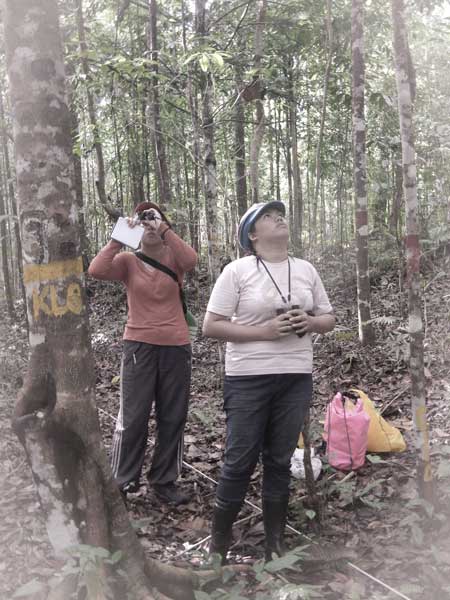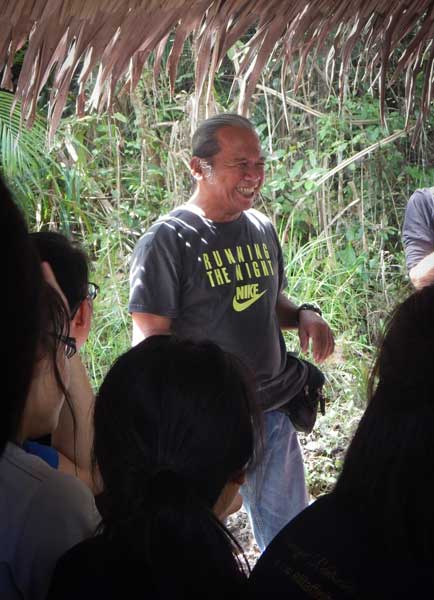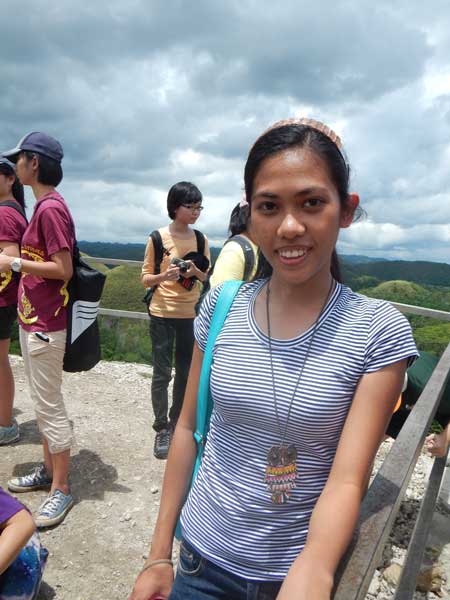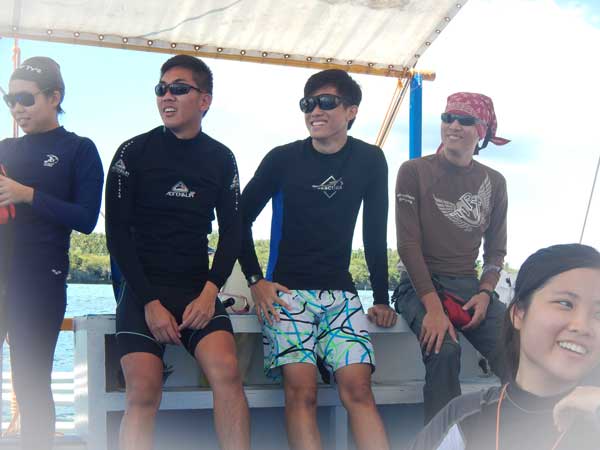NATIONAL UNIVERSITY OF SINGAPORE (NUS)
I teach ENV-coded courses for the Bachelor of Environmental Studies (BES) Programme and one LSM-coded course for the Department of Biological Sciences.
ENV1101 – Introduction to Environmental Studies: an Interdisciplinary Overview
In 2015-16, I was involved in this course as a co-lecturer, but in 2016-17, I took over as coordinator and was asked to revamp the course completely because it was not very well-received by students. To do that, I critically examined the feedback that was available to me and implemented changes to give BES students a smoother transition to university and promote the key 21st century skills that are also needed to address the environmental crisis, i.e., creativity, critical thinking, communication and collaboration.
The sequence of topics is organised within a framework that conceptualises our planet as Patient Earth with a disease (humanity) and progresses through the adaptations and transitions that facilitated our rise to the top of the species heap, to the symptoms of the disease (the observable signs that we’re overdoing it) to the cures (both mindset-based and practical), ending with a session on Singapore’s environmental story. In this way, these topics mirror the progression of concepts and approaches that students see in their BES courses. Meaning, the course is truly interdisciplinary, and we see the applications of environmental law, environmental economics, environmental chemistry, human geography, ecological restoration, environment and public health, environmental engineering, etc.
As students begin to understand the problems and appreciate their inherent complexity (given the diverse causes and stakeholders), they see why we need this interdisciplinarity. I also implemented an overriding theme of sustainability that drives tutorials, learning journeys and the group project – a set of individual and collective activities to reinforce the notion that we all belong to a group of people dedicated to one cause – caring for Earth.
To learn more about ENV1101, see the website – it also contains the course package, if you’re interested.
ENV1202 – Communications for Environmental Studies
In this course, BES students develop their critical-thinking and communication skills. As Co-Lecturer, I deliver the academic honesty workshop, which I created after I noticed issues with plagiarism by students. In a series of two tutorials, I introduce students to the issue of plagiarism and guide them as they learn to identify and avoid it, including the opportunity to practice and give and receive feedback.
ENV3101 – Environmental Challenges: Asian Case Studies I
In this prerequisite to ENV3102, my role (as Co-Lecturer) is to teach students about our host country for ENV3102 (see below) and the key scientific field methods they will use there, and to provide key logistical info. I also divide students into project groups and ask about their biggest expectations and fears for the trip so I can pre-emptively address them later.
ENV3102 – Environmental Challenges: Asian Case Studies II
Since 2013, I have been coordinating and teaching this required course, the largest field course at NUS. Indeed, this task was one of the main motivating factors in the faculty search that led to my being hired. Over two weeks of (mainly independent) fieldwork in Bohol, Philippines, year 3 BES students (the entire cohort) critically evaluate the effectiveness of local (mostly community-based) conservation initiatives using ecological and social-science field methods. They discover for themselves how the messy web of political, sociocultural and economic factors makes solving the problems difficult but not impossible.
I chose the three core themes to represent some of the most pressing environmental challenges in Asia and worldwide.
- The loss of forests & their ecosystem services: students assess three restoration regimes;
- The loss of marine biodiversity & livelihoods: students assess two marine protected areas;
- The 6th extinction: students study ecotourism, flagship species & environmental education.
They enjoy unparalleled access, i.e., which tourists do not get. They also interact meaningfully with prominent local conservationists (from throughout the Philippines). These individuals are described on the ENV3102 website. Clearly, students have a fantastic time. They also work very hard, completing demanding group research projects (presented on the last day of the trip), reflective field diaries and grant proposals or policy memos. So, it’s no surprise that many students say that while this is one of the toughest courses at NUS, it’s also the most enriching one.
Although the premise for this course existed before I joined NUS, I singlehandedly designed it and have handled almost every aspect of it, including: (1) establishing ties with local partners (governments, universities, NGOs, corporations and individuals), (2) designing and planning all field activities and assessments, (3) risk assessment, (4) hiring and supervising teaching assistants, and (5) budgeting, procurement and logistics. But I have help leading the course – my partner in crime is my co-Lecturer, Sorain Ramchunder.
This is by far the largest teaching responsibility I’ve ever had. And the most rewarding one.
LSM4265 – Urban Ecology
One of the first things I did when I joined NUS was volunteer to co-teach urban ecology. I wanted to because this is my field and I’m the only urban ecologist at NUS. Theo Evans (then coordinator) accepted, partly because he was dissatisfied with the course. I proposed big changes to the approach and assessment (in line with my teaching philosophy) and to the content to make it more current. He implemented all of them – a move that produced a substantial improvement in student feedback. Then, when Theo left for UWA in 2015 and I took over as Coordinator, I made more changes so that LSM4265 today is a very different beast from its former self. And my analysis of student feedback reveals that these changes have improved the course (or at least students’ perceived learning experience).
LSM4265 now builds knowledge of urban ecology from the ground up. Literally. We start by examining global urbanisation trends and the abiotic changes associated with it, considering surface cover and soil first. That takes four weeks. Next, we examine the biotic changes in cities – how plants and animals (including humans) respond at the community, assemblage, population and individual levels. Finally, we see some of the solutions (mitigative and adaptive) that are needed to create more liveable and sustainable cities. Throughout the course, I emphasise use of the primary literature and we study topics from the perspectives of all three paradigms in urban ecology. Moreover, I weave the concept of environmental justice into all topics – cities play a major role in exacerbating inequalities and in driving the solutions to those.
The largest component of the continuous assessment is a group project. Students reimagine the class as a team of creative professionals working for an NGO which aims to promote sustainable urban development. The collective task is to study urban development in SG over the semester before mounting an awareness campaign. In small groups, students collect data on one or more quantifiable aspect(s) of urbanisation to grow knowledge of local urban ecology. The campaign must be composed of unique deliverables, and each group presents its results to the class. Students get very creative and do great work. The project also helps them master concepts taught in class and hone their 21st-century skills. To learn more, see the course blog, which contains the syllabus.
ENV4101 – Environmental Management in Singapore
The capstone BES course focuses on how SG handles environmental challenges via interactive sessions with experts in these problems and their solutions. I got involved (as Co-lecturer) in AY2017-18, but in response to poor (and worsening) student feedback, the then BES Director (Ted Webb) asked me to rescue it. So, I used my observations (which I made as Co-Lecturer) and all feedback at hand (including conversations with students and a paper (Ho & Ang 2016) by two alumni from the first cohort).
ENV4101 used to consist of a series of weekly, closed-door seminars by external speakers. Speakers (invited by the coordinator) would give 45- to 60-minute talks on: their career trajectory, organisation and some local environmental management issue. This would be followed by a Q&A. Most speakers were “bigwigs” from the corporate and government sectors. There was much less participation from NGOs and academics and none from individual “game-changers”, i.e., activists. I identified PERVASIVE ISSUES and implemented the solutions below.
- POORLY ORGANIZED (LAST-MINUTE). I created a full course package, distributed before the semester.
- BIASED SELECTION OF SPEAKERS ULTIMATELY TAUGHT STUDENTS WHAT (NOT HOW) TO THINK AND SENT THE MESSAGE “THIS IS HOW THINGS ARE – ACCEPT IT”. I implemented panel discussions on the main local environmental issues – one each week – all aligned with the SDGs. The panelists must be diverse stakeholders at all levels of influence (activists, NGOs, academia, corporations, government). Students are responsible for nominating them and convening and hosting panels.
- RIGID ASSESSMENT. I changed the main deliverable (an individual essay) to a collaborative website with lots of room for students to get creative and offered them diverse ways to participate (in class and online).
- NO COACHING, SCAFFOLDING OR TRANSPARENCY. I created a training session with segments related to each of the main assessments and provided clear rubrics for each one early.
The outcome was a 53 % increase in feedback response rate and a 240 % increase in students’ mean overall opinion score of the course (from 1.7 to 4.1). This score is now not only on par with those of other year 4 Science classes, but also by far the highest ever for this course. There is no publicly visible course website because of the closed-door nature of these discussions – this is necessary to facilitate candid sharing by all who are present at each session. But if you want to know more, you’re welcome to view the course package.

